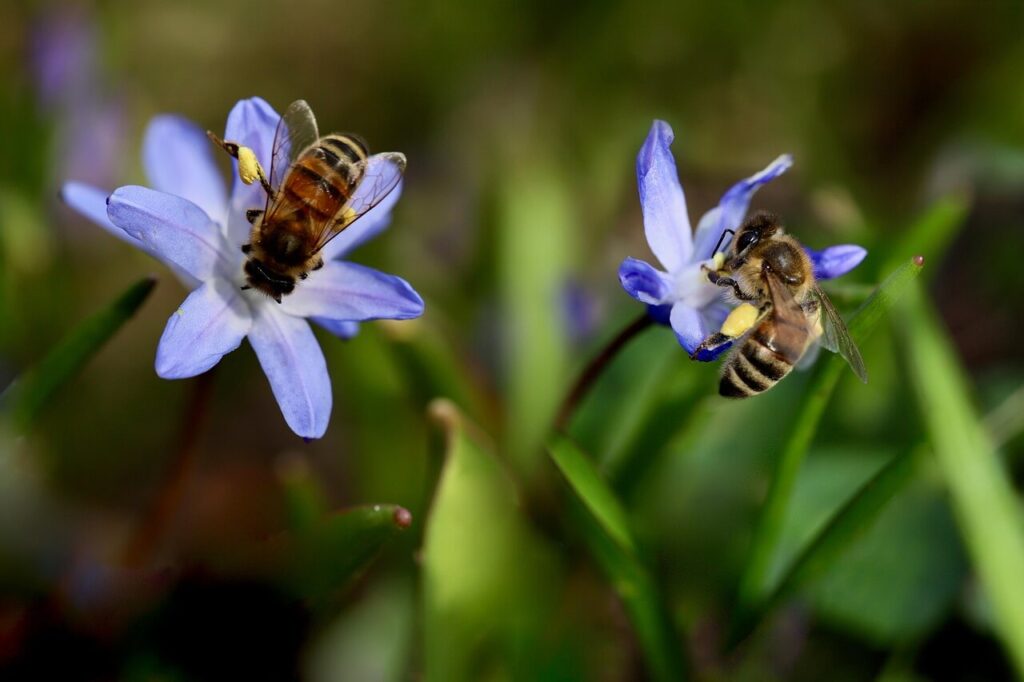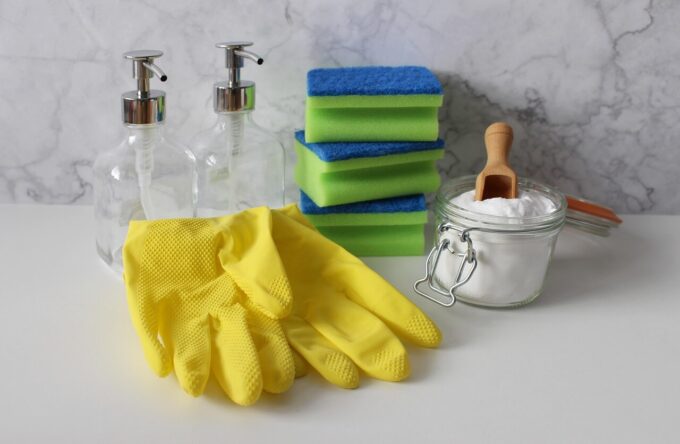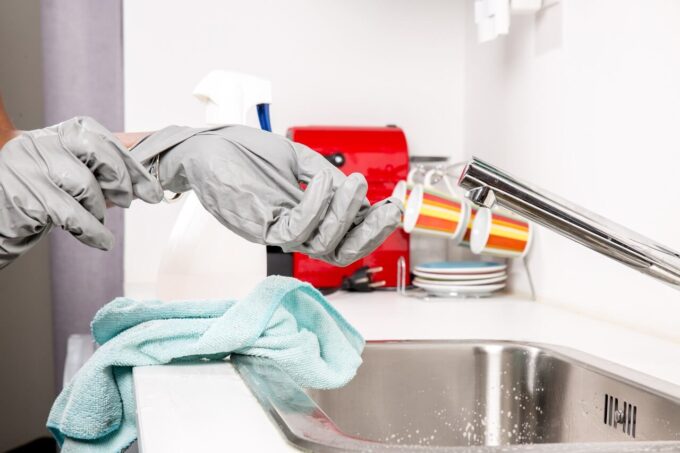
Dreaming of a vibrant, flourishing garden space? Whether you’re cultivating vegetables, nurturing herbs, or enhancing your landscape with botanical color, one essential factor determines your success: pollinator presence.
Those diminutive winged workers—bees, butterflies, and even nectar-seeking hummingbirds—serve as the backbone of garden productivity. Without their assistance, your plants may struggle to develop fruits or reach their full potential. What’s remarkable is that attracting these beneficial visitors requires neither synthetic products nor elaborate landscaping. A few strategic decisions will transform your outdoor environment into a pollinator sanctuary.
Let’s explore practical, cost-effective approaches to cultivating a garden that welcomes these essential ecological partners.
Understanding Pollinator Impact on Garden Vitality
Have you experienced the disappointment of plants that flower magnificently yet produce minimal yields? The underlying issue often relates to insufficient pollination.
Beneficial insects like bees and butterflies, along with certain avian species, facilitate pollen movement between blooms. This seemingly insignificant transfer enables fruit development and seed formation. Without adequate pollinator activity, productivity diminishes significantly.
The importance extends beyond your vegetable plot. Pollinators maintain ecological balance throughout natural systems. They enable wild plant reproduction, provide food sources for birds, and enhance overall environmental diversity. A pollinator-friendly garden contributes to broader ecological health while creating visual appeal.

Superior Plant Selections for Attracting Beneficial Insects
Ready to increase pollinator activity in your garden? Focus on these proven attractors:
- Lavender – Irresistible to bees while providing humans with aromatic enjoyment
- Echinacea (Purple Coneflower) – Draws butterflies consistently and demonstrates remarkable resilience across climate zones
- Asclepias (Milkweed) – Essential for monarch butterfly reproduction and survival
- Monarda (Bee Balm) – Attracts a remarkable diversity of pollinators including bees, butterflies, and hummingbirds
- Helianthus (Sunflower) – Provides abundant resources for both insects and seed-eating birds
- Regional Indigenous Wildflowers – Naturally adapted to local conditions and particularly beneficial for native pollinator species
🌿 Strategic Approach: Incorporate flowering plants with staggered blooming periods (early spring through late autumn) to maintain continuous pollinator visitation throughout growing seasons.
Accessible Pollinator Attraction Strategies for Limited Spaces
Creating pollinator habitat doesn’t demand extensive property or complete landscape renovation. Consider these practical approaches:
- Implement Botanical Diversity – Integrate plants of varying heights and flower colors to attract different pollinator species with distinct feeding preferences
- Utilize Container Gardening – Even modest spaces like balconies or small patios can support pollinator-friendly plants in pots or elevated beds
- Designate Unmaintained Areas – Allow a section of lawn or natural growth to develop without intervention, creating natural habitat for ground-dwelling bees and beneficial insects
- Provide Protective Elements – Construct simple insect shelters, arrange twigs in protected corners, or create small rock formations where beetles and other beneficial insects can seek refuge
- Select Functional Over Ornamental – Avoid highly modified cultivars developed for appearance rather than nectar or pollen production
🐝 Immediate Impact: Eliminate all pesticide and herbicide use in your garden. Even products marketed as “natural” often harm pollinator populations. Chemical-free gardening creates safe environments for beneficial insects.
Step-by-Step Process for Establishing a Pollinator-Friendly Garden Zone
To develop a dedicated pollinator area from the beginning, follow this straightforward implementation plan:
- Identify Appropriate Location – Select an area receiving abundant sunlight, as pollinators prefer sun exposure and nectar-producing plants typically require full light conditions
- Enhance Soil Quality – Incorporate compost or organic amendments to improve soil structure and fertility while avoiding synthetic enhancement products
- Implement Strategic Planting – Select and position plants that flower during different seasonal periods to ensure continuous nectar availability throughout the growing season
- Establish Hydration Sources – Create shallow water features with emergent stones or pebbles where insects can safely access moisture without drowning
- Eliminate Chemical Interventions – Avoid all synthetic pesticides, fungal treatments, and manufactured fertilizers. When pest management becomes necessary, use minimal applications of plant-based solutions like neem extract
- Preserve Habitat Elements – Maintain several minimally managed areas incorporating fallen foliage, exposed soil patches, or arranged branches that provide essential resting and nesting sites for various pollinator species
🦋 Enhancement Suggestion: Position flat stones in morning-sun locations where butterflies can bask and raise their body temperature during cooler periods.

Environmentally Conscious Gardening Practices for Enhanced Biodiversity
Expand your ecological impact with these additional habitat-supporting techniques:
- Apply Organic Ground Covering – Use leaf matter, grass clippings, or natural bark as protective ground layer to improve soil conditions and attract beneficial soil organisms
- Practice Home Composting – Convert kitchen waste like eggshells, vegetable scraps, and coffee grounds into rich growing medium that supports vigorous flowering plants
- Create Mixed-Species Ground Cover – Replace conventional grass monoculture with diverse combinations including clover and low-growing flowering plants that support pollinators while requiring minimal maintenance
- Implement Rainwater Collection – Capture precipitation for garden use, providing chlorine-free water that pollinators prefer over treated municipal sources
- Support Complete Life Cycles – Include specific plants supporting larval development (such as dill or parsley for caterpillars), not exclusively focusing on adult-stage pollinators
🌱 Environmental Perspective: Maintaining deliberately “unmanicured” garden sections benefits biodiversity considerably. Excessively tidy landscapes frequently lack the diverse resources necessary for pollinator survival.
Supporting pollinator populations doesn’t require extensive property or specialized knowledge. Even modest plantings of native flowering species or container gardens on limited outdoor surfaces contribute meaningfully to conservation efforts. With minimal investment, your garden can evolve into a sanctuary for bees, butterflies, and birds—simultaneously enhancing your environment with increased vitality and visual interest throughout the growing season.
Latest Posts
How to Clean Your Walls Without Damaging the Paint
Reality check—walls accumulate debris over time. From oily handprints around switch plates...
3 Mins readHow to Deep Clean Your Kitchen in One Afternoon
Face it—thoroughly scrubbing your kitchen rarely tops anyone’s list of enjoyable activities....
3 Mins readHow Often Should You Really Be Cleaning These 10 Things?
(Unexpected insights for a healthier home environment) Most households maintain some form...
3 Mins readHow to Get Rid of Pet Hair from Furniture and Floors
Animal companions bring immeasurable joy—and an inevitable shower of shed fur. This...
3 Mins read











